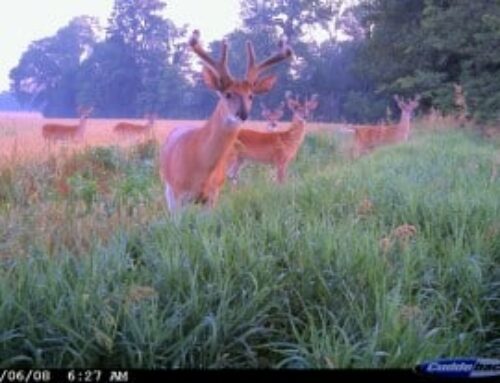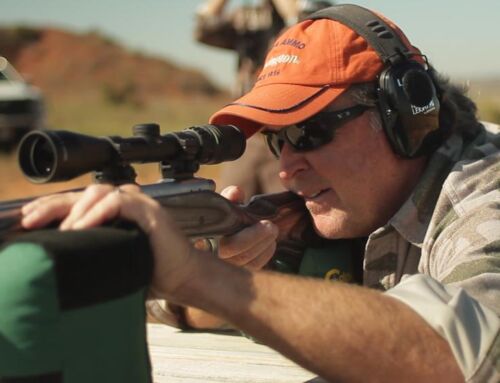Every year hot-shot hunter Mark Drury and I put together a guide to help you hunt the rut well during the various moon phases. If you missed our 2015 guide, click here to read it all.
But for today’s blog, let’s focus on the full moon, which hangs big and bright in the sky right now.
While Mark and I both prefer a full moon that occurs in early November because it exposes the seeking phase of the rut, we’ll take this one, even though it’s early.
For years Mark and I have texted back and forth from tree stands across America, talking about the rut action and what we’re seeing. Our best moon theory keeps building momentum each year: In the rut, mature bucks move better, on average, around the full moon than during any other lunar phase.
“No doubt there is a correlation,” Mark says adamantly, and I agree. Even though most deer scientists say there is no correlation between the moon and the rut. I’m no scientist and I’m not biologist (sucked at biology and chemistry and all that). But I have hunted as many years and as hard as anybody during the whitetail rut, and I know what I see—a good number of mature bucks on their feet in daylight during the full-moon days.
There is a bit of science to support us. According to a recent study from NC State University, a common misconception is that deer can see better at night (and hence move all over the place) because it’s brighter. But during the study, researchers found that deer actually move less on average at night during a full moon and more during the middle of the day, and also earlier in the evenings.
One twist this year—Mark Drury expects the buck movement to be best in the mornings during this last week of October, when the full moon still hangs in the sky.
Go hunt and good luck!






